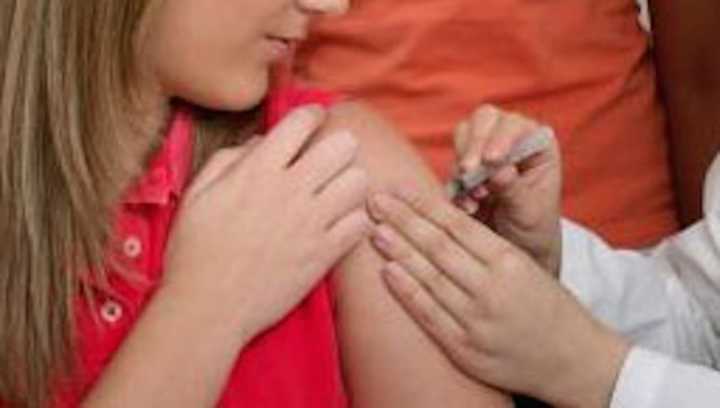Statewide, during the week ending on Saturday, Jan.11, cases of the flu statewide have risen by 10 percent over the previous week, with 11,051 cases reported by New Yorkers.
The flu has been categorized by the New York Department of Health as "widespread" for the seventh consecutive week.
According to health officials, the Department of Public Health uses multiple systems to monitor circulating influenza viruses.
During the influenza season, weekly flu updates are posted from October of the current year, through May of the following year. Annual summaries are also posted for comparison. The national flu picture may vary from what we are seeing on a state level.
Flu season kicks off in earnest in October each year, though patients can still be susceptible to certain strains in September, according to the Centers for Disease Control and Prevention.
The CDC said that reported cases tend to increase in November before peaking between December and February. Flu season typically lasts through the middle of the spring.
The organization estimates that flu has resulted in between 9.2 million and 35.6 million illnesses each year in the United States and several deaths. Of those illnesses, an estimated 9 percent were hospitalized.
It takes approximately two weeks following the vaccination for the antibodies to protect against the flu to develop in the body, so make plans to get vaccinated early in fall, before flu season begins.
CDC recommends that people get a flu vaccine by the end of October, though there is still time to get vaccinated. Getting vaccinated later, however, can still be beneficial and vaccination should continue to be offered throughout flu season, even into January or later.
According to the CDC, the flu infects the respiratory tract. “As the infection progresses, the body’s immune system responds to fight the virus.
"This results in inflammation that can trigger respiratory symptoms such as a cough and sore throat. The immune system response can also trigger fever and cause muscle or body aches.
"When infected persons cough, sneeze, or talk, they can spread influenza viruses in respiratory droplets to people who are nearby. People might also get flu by touching a contaminated surface or object that has flu virus on it and then touching their own mouth or nose.”
Click here to follow Daily Voice Mount Pleasant and receive free news updates.

